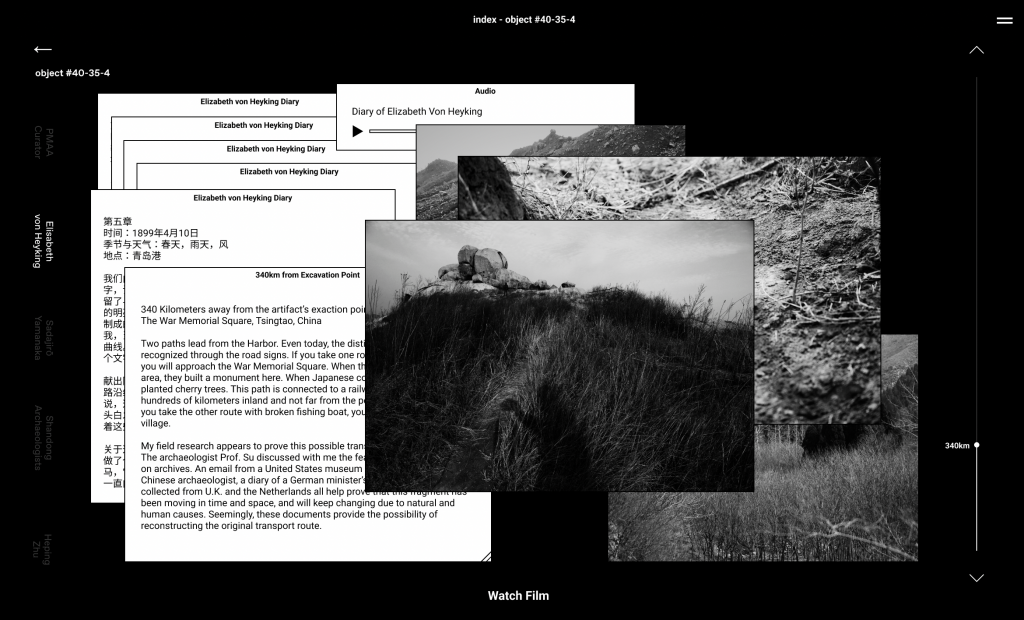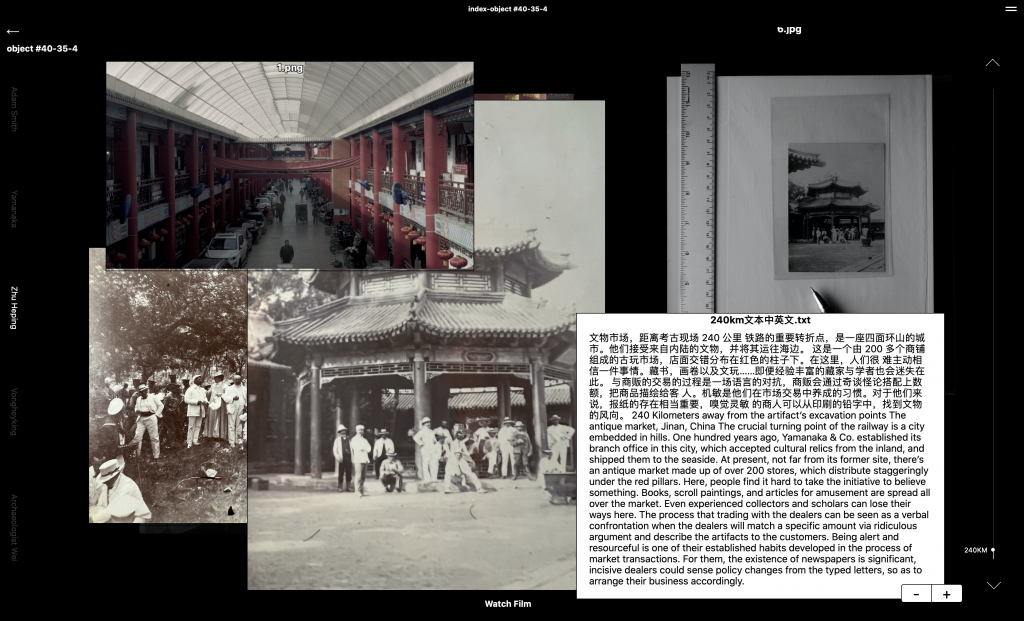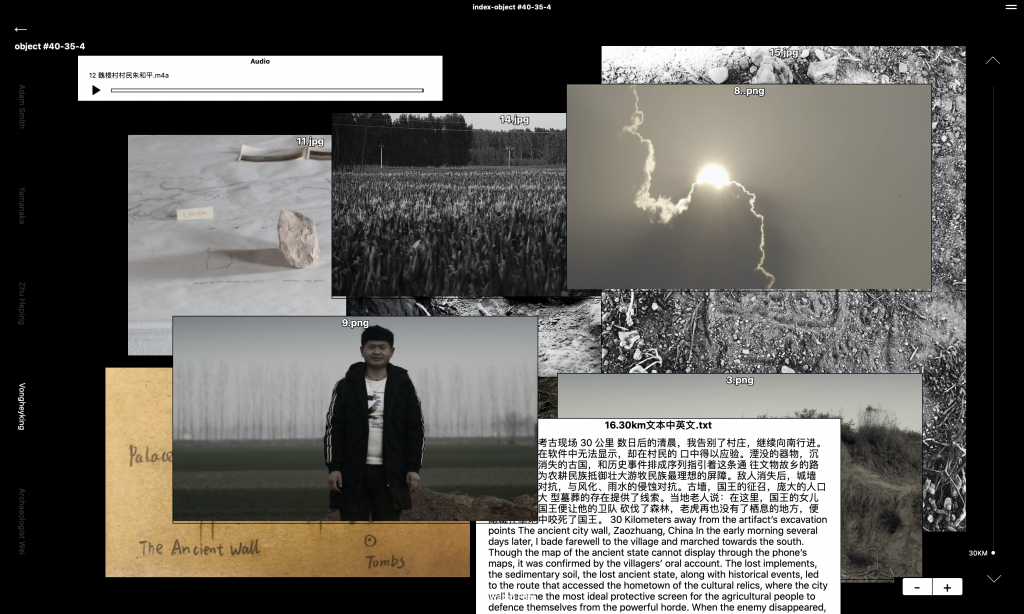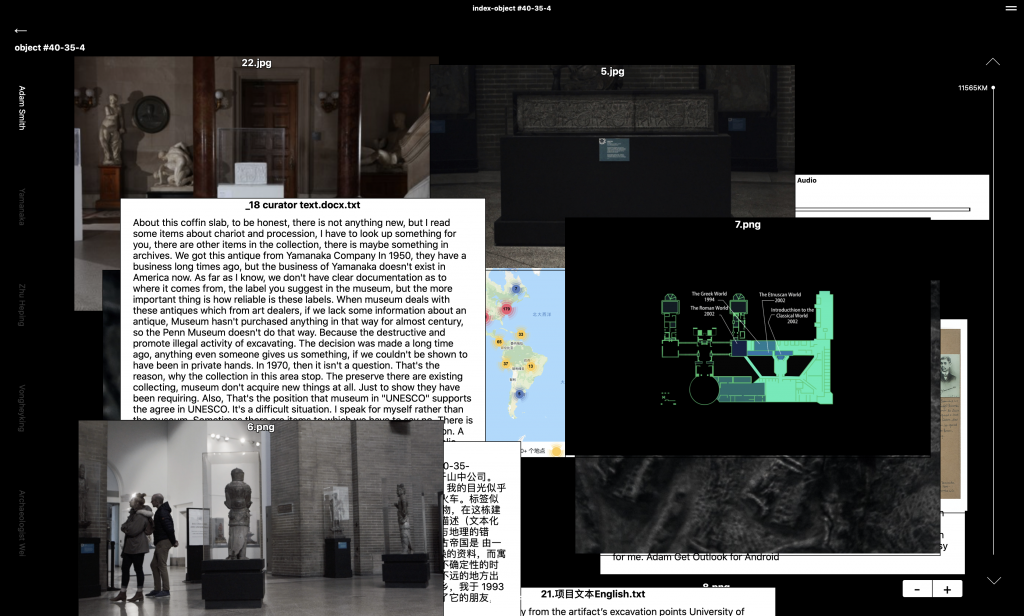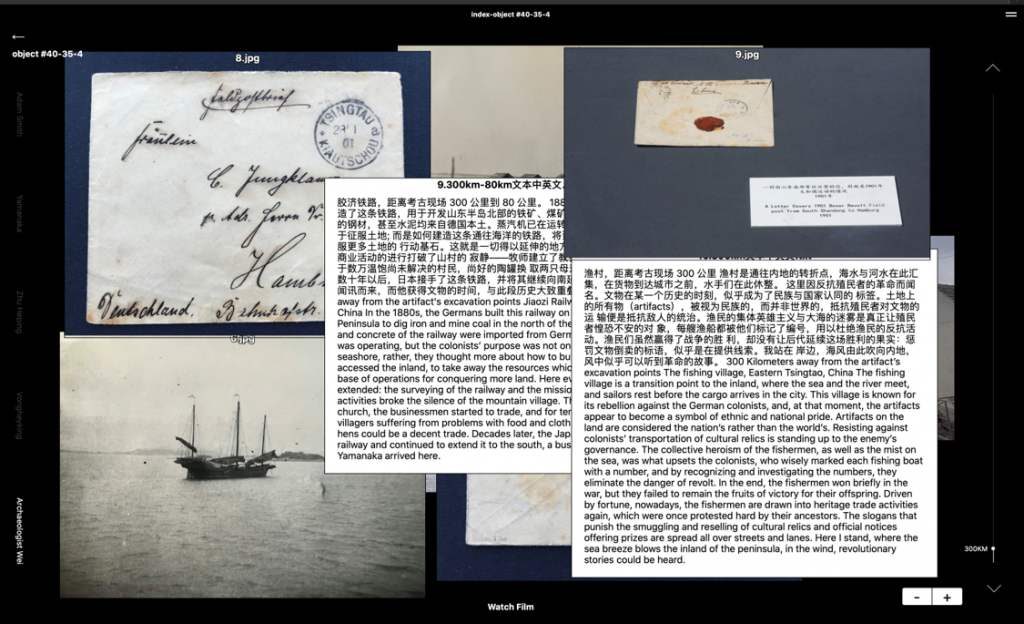Project
Since 2018, Beichen Zhang has been investigating the history of the circulation of Chinese artifacts in American museums and initiated a photographic project named “11,565 kilometers”.
Presented as an “imagined artifact exhibition”, 11,565 is a visual archive built upon the medium of photography, artifact-origin tracing, artifact reproduction, image collection, and historical scholarship research. This project seeks to maintain that, as carriers of history, many artifacts that are removed from their place of origin are re-incorporated into museum collections across different cultural systems. Undergone the process of textualization, the historical narratives residing in artifacts are institutionalized and obscured by “inauthenticity”. As participants of history, artists can prompt the creation of new historical narratives.
2018-2020
11,565 Kilometers Project tracks the path of an artifact from the Shandong province (China) to the University of Pennsylvania Museum of Archaeology and Anthropology (USA). This work highlights issues related to the circulation of Chinese artifacts, the complexity of Chinese colonial histories. It portrays the long migration of this Chinese coffin, its historical colonial background, and the power dynamics within institutional museum collections. 11,565 Kilometers project includes: an essay film (One channel 4K video color and sound), a photography book; a photography installation (soil, rocks, photos );one 3D Print sculpture, and some specific site exhibitions.
In June 2018, the artist began researching a Chinese artifact at UPenn’s museum, a coffin fragment (object#: 40-35-4), located in the Asian Art pavilion. Zhang’s research combines the photography and field investigation, and he did this work in multiple countries, from China, Japan to the United States,which takes up to 17 months. Zhang is involved in field investigations, cultural relic reproduction, historical text research, and museum institutional criticism. He tried to excavate the unknown story and rebuilt a visual journey of the object#40-35-4
Zhang regarded the explored historical images to shape his perspective of history; his exploration reflected on the dynamic changes behind the historical landscape. With Western historians and Chinese archaeologists’ help, Zhang collected hundreds of pictures about German and Japanese colonial history in Shandong, historical documents about Japanese antique dealer Yamanaka. He is using these images, text to excavate the truth behind the shift of the object# 40-35-4.
11,565 Kilometers art project contains five parts.
The first one is a 29-minute essay film and presents Zhang’s journey. In 2018-2019, Zhang droved from inland to the coastline along the Shandong Peninsula for tracking an old artifact smuggling path. The second part is a photography book and one set of photographic installation, including his photography works, old pictures (before the 1890-World War I) collected by the artist. The third one is some related objects of historical sites. The fourth part is a 3D printing sample of the object#40-35-4, the last one is a site-specific exhibition in a fictional museum context.
介绍
11,565公里项目至今日已持续四年,它大致分为三个部分。
自2018年起,张北辰一直研究并关注于中国文物作为馆藏在美国博物馆中流通与转移的历史。由此,他发起来名为11,565公里项目的摄影档案调查,他认为艺术家可以借助自身摄影档案的思维模式,对比现代与过去的影像,从而进行回溯与重构,再度构建出属于自己的叙事,这种叙事有别于博物馆的机构型的叙事,能够对博物馆的权力动态提出多层面的诘问。11,565项目以“想象的文物展览”的形式呈现,是一个建立在摄影、文物来源追踪、文物复制、图像收集和历史研究之上的视觉档案。该项目强调:作为历史载体的海外离散文物,在经历不同国家文化系统,博物馆收藏系统以及策展人文本化之后,其背后历史的阐述已然机构化,其语境亦丢失了部分“原真性”。而艺术家作为参与者可以推动新的叙事产生。
2019-2021
This project tries to work with different institutes, enrich the framework of the “imagined artifact exhibition” in the post-colonial context and broaden its boundaries against “institutional narratives”.
This project seeks to maintain that, as carriers of history, many artifacts that are removed from their place of origin are re-incorporated into museum collections across different cultural systems. Undergone the process of textualization, the historical narratives residing in artifacts are institutionalized and obscured by “inauthenticity”. As participants of history, artists can prompt the creation of new historical narratives; the investigation through photography attempts to reconstruct artifacts’ original contexts and uncover those veiled histories; the making of artifact’s specimens and archives employ material information to confront with the muted historical narrative beyond textualization. The “imagined artifact exhibition” constructed upon the image and archive enumerated above can form new sites that interrogate the power dynamics of museum space and the cultural structures embedded within the institutional narratives of artifactual histories.
2022-now
11565KM project extends its artistic dialogue to museums’ broader circulation of artifacts,antiques, and decolonial praxis. Utilizing the story of Object#40-35-4 as the central pavement, Beichen Zhang, Yantong Li and Tangent Team (Developer: Chen Sun and Kun Fei ) constructed Unstranded Archive. The Archive reimagines the role of digitization within the context of the repatriation of artifacts. The hindering task of contemporary repatriation projects reveals the ambiguity of artifact ownership when complicated by colonialism, geopolitics, war, and sociopolitical upheavals. Although a pure digital replica of artifacts is only representative of their physical counterparts, it probes the possibilities of communal circulation of artifacts free of institutional interference while simultaneously advocating for multidimensionality and imagination within contemporary repatriation and decolonial praxis.
Unstranded Archive imagines an interminable archive whose inclusive history and decolonial praxis are reached through communal engagements and mutual pedagogy rather than institutional mediations. In this sense, they envision a de-memorialized archive of the present that is always incomplete and always in progress. The Archive imagines a decolonial praxis that unfolds in three tangents –– the episteme, the quotidian, and the artistic (specifically on lens-based works). In the first sector, through mutual contribution from administrators and users alike, they archive significant texts, exhibitions that have contributed to the field of decolonial study historically. In the second sector, they imagine a mutual pedagogy of quotidian strategies to navigate the rupturing present, where individual stories serve as central mediators of solidarity in a postcolonial world. In the last sector, they imagine the emancipatory potentials through the lens and aesthetic practices in the process of decolonial praxes. They periodically collaborate with artists who engage with lens-based works to reawaken muted histories. To inaugurate a more compact history in response to their works, they archive extended research and additional studies conducted by artists beyond the confines of the image object. Standing at the intersection of these three facets, they imagine an option or a method that moves towards heterogeneous nodes of decolonial praxis –– a communal stratosphere that delinks from institutional filters and unfolds as a space for shared knowledge and nurtured artistic practices.
2018-2020
11,565公里项目试图重构一件文物由山东省(中国)到宾夕法尼亚大学考古与人类学博物馆(美国)的流通与转移的路径。该影像项目重点调查了中国文物的海外流通,中国殖民历史档案的复杂性,描绘了名为Object#40-35-4的汉代坟墓碎片由中国开始的长期迁徙,背后的其历史殖民背景以及美国博物馆机构的权力动态。该项目主要作品包括:一部29分钟的散文电影(4K影像,色彩与声音);一本摄影书,一个摄影装置(土壤,岩石与照片),一个3D打印作品与特殊场域的展览实践。
从2018年6月,艺术家开始对位于费城的宾夕法尼亚大学考古与人类学博物馆亚洲展厅的“棺材碎片”(对象编号:40-35-4)中国文物进行研究。张的这项调查结合了摄影与他的历史考察,该项目跨越了多个地区,从中国东海岸到美国,耗时达17个月。艺术家介入到田野调查,文物复制,历史文本的研究以及博物馆机构批评等多个维度。他尝试进行了对于一件文物不为人知故事的挖掘以及图像化的转录。
张将错综复杂且隐秘的历史图像探索视为一种对他个人历史观的塑造过程,由个人叙事出发对于景观背后的权力动态变化进行了反思。在西方历史学者以及中国考古学家的帮助下,张他由各方搜集而来数百张图像(德国与日本在山东殖民历史等等),历史档案(日本古董商山中定次郎的故事)。他使用这些图像,建构起了一段关乎文物40-35-4的视觉旅程。
该艺术项目里面包含五个部分。
第一部分是一段长达29分钟的散文电影,在2018年-2019,张年沿着山东半岛由内陆到海岸线,独自驾车进行了长达数日的田野调查以追中一条古老的文物走私路线。第二部分是一个摄影书和一组摄影装置包括:艺术家所做摄影作品,以及艺术家搜集到的1890-一战前的的历史图像。第三部分是历史遗址附近相关的物品。第四部分是一个3D打印而成的文物样本,最后一个部分是处在特殊场域(一个虚构的博物馆语境)的展览
2019-2021
11,565公里项目,正在不断从各种机构中进行实践,将摄影以及图像生产存放在社会网络的具体单元之中,围绕特殊的场域,机构与文化系统进行解构。此阶段,项目主张摄影调查可以重临原境并且接近更加隐秘的历史;制作标本与档案以物理信息的形式弥补了文物文本化之后的空白;而由上述图像与档案所建立起来的“虚构文物展览”可以生成新的场域,重新思考嵌入文物历史叙述中的机构叙事。
2021-now
11,565公里将关注点延申到更广阔的文物流通,博物馆去殖民化等相关的艺术实践语境中,基于Object#40-35-4的故事作为索引,张与李彦潼,探针小组合作构建了“Unstranded Archive”。该档案重新构想了数字化档案在当今世界文物归还背景中的作用,揭示殖民主义、地缘政治、战争和社会政治动荡使文物所有权产生了模糊性。 尽管文物的数字复制品仅代表其物理对应物,但它探讨了不受制度干预的文物在公共流通的可能性,同时倡导当代文物归还和非殖民化实践中的多维性和想象力。
Unstranded Archive 设想了一个无穷无尽的档案馆,其包容性历史和非殖民化实践是通过社区参与和相互教学而不是机构调解来实现的。 从这个意义上说,他们设想了一个关于当下的去纪念化档案,它总是不完整的,但总是在进行中。 The Archive 设想了一种非殖民化的实践,它在三个切线中展开——认知、日常和艺术(特别是基于镜头的作品)。 在第一个部分,通过管理员和用户的共同贡献,他们将历史上对非殖民化研究领域做出贡献的重要文本、展览存档。 在第二部分,他们设想了一种共同的日常策略教学法来驾驭破裂的现在,其中个人故事在后殖民世界中充当团结的中心调解人。 在最后一个部分,他们通过非殖民化实践过程中的镜头和审美实践来想象解放的潜力。 他们定期与从事基于镜头的作品的艺术家合作,以重新唤醒无声的历史。为了对艺术家们的作品做出更紧凑的历史回应,他们将艺术家超出图像范围的扩展研究和额外研究进行存档。 站在这三个方面的交汇处,他们设想了一种选择或一种方法,它可以走向去殖民化实践的异质节点——一个与制度过滤脱节的公共平流层,并作为共享知识和培养艺术实践的空间展开。
2018-2020
11,565 Kilometer Project Film


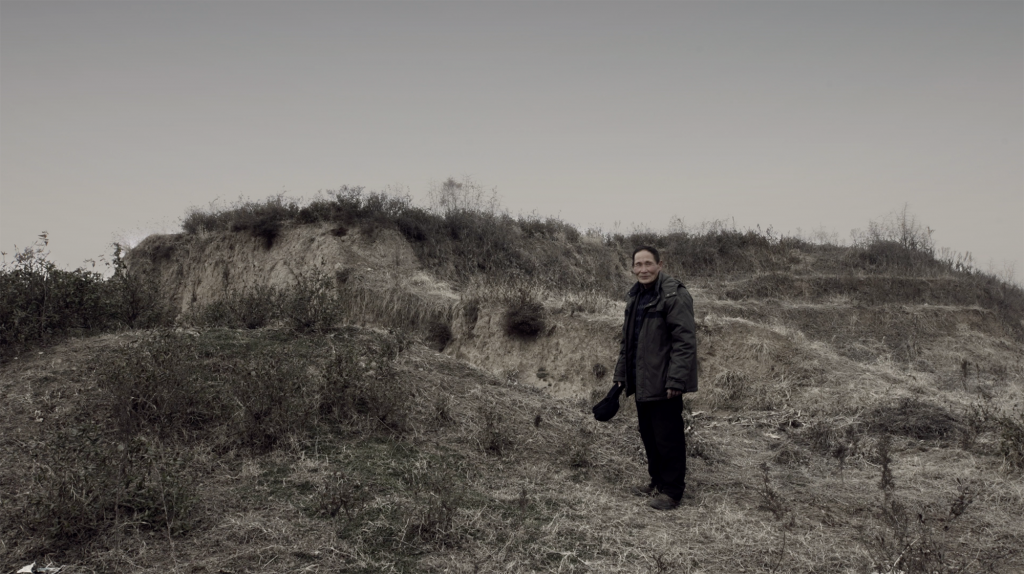
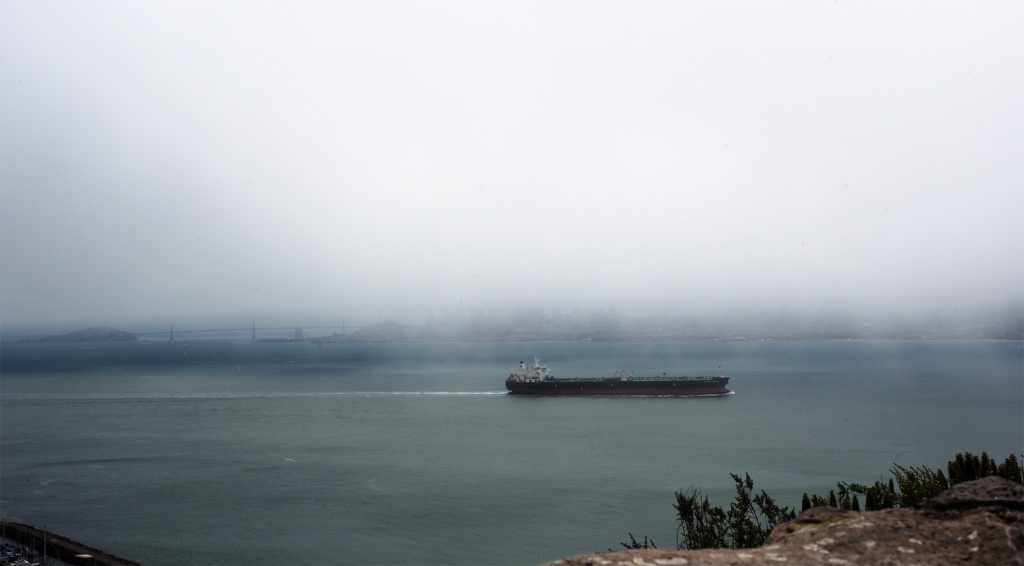
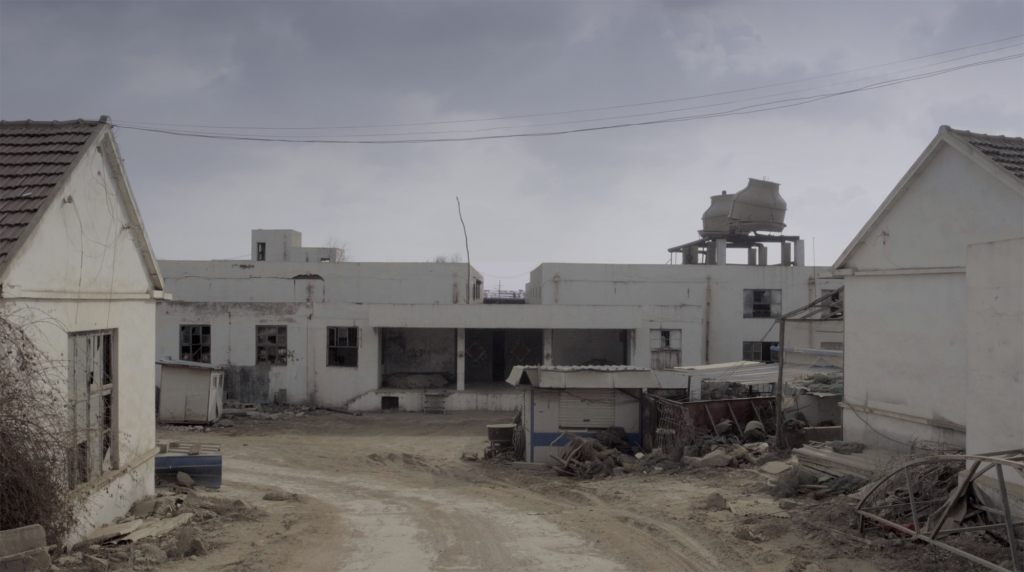
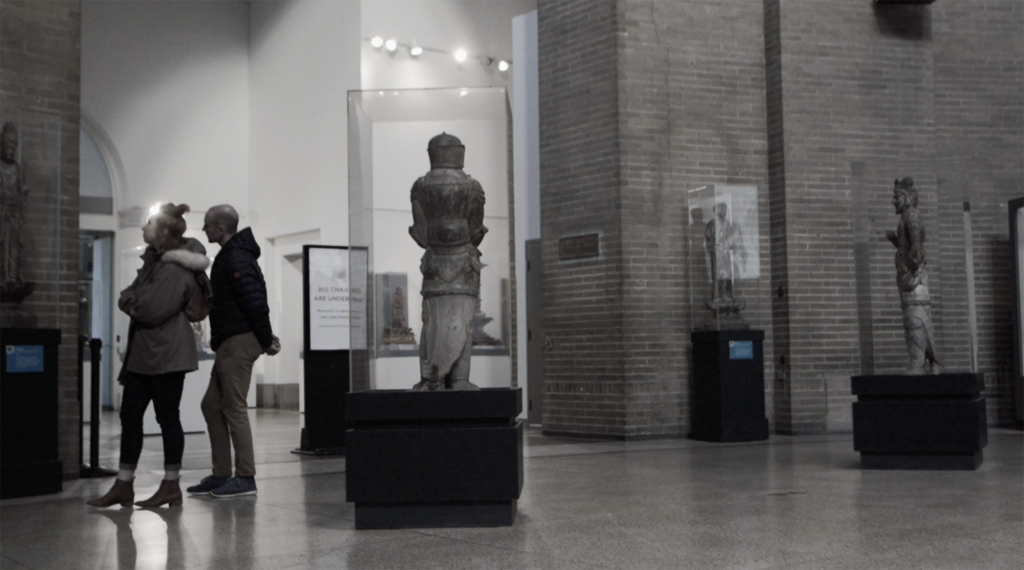
11,565 Kilometer Project Photo Book
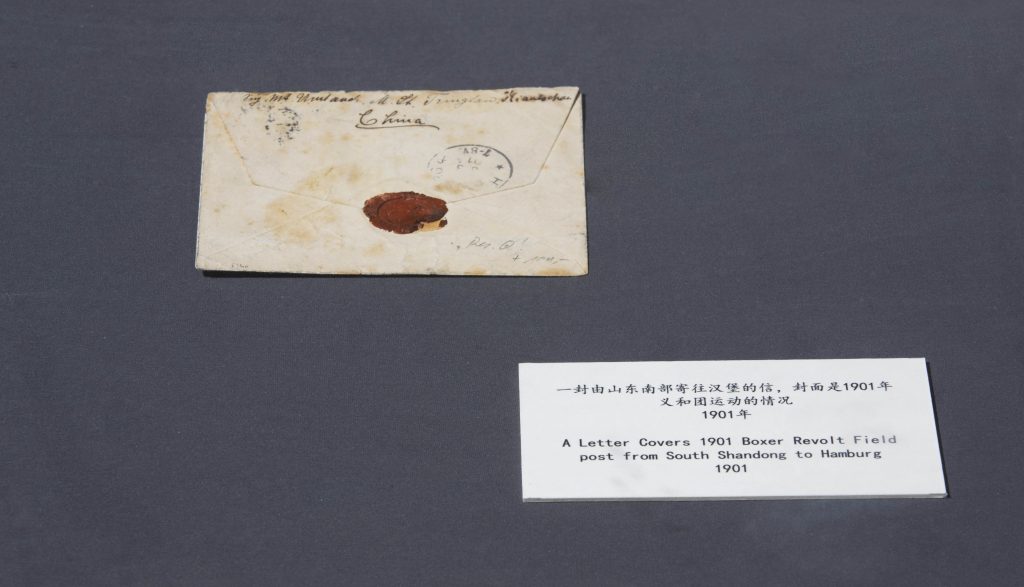
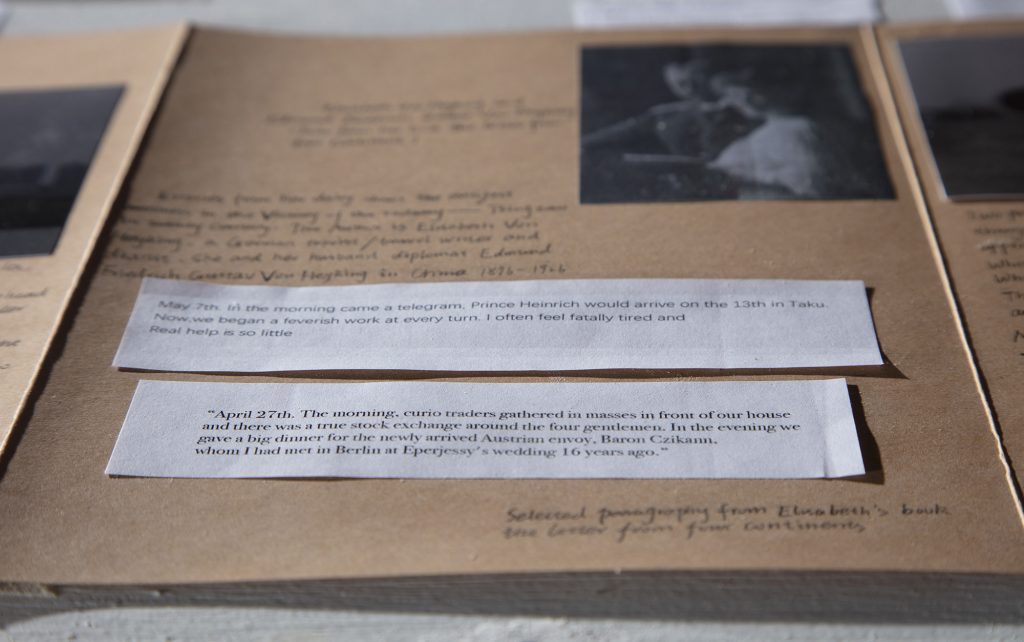
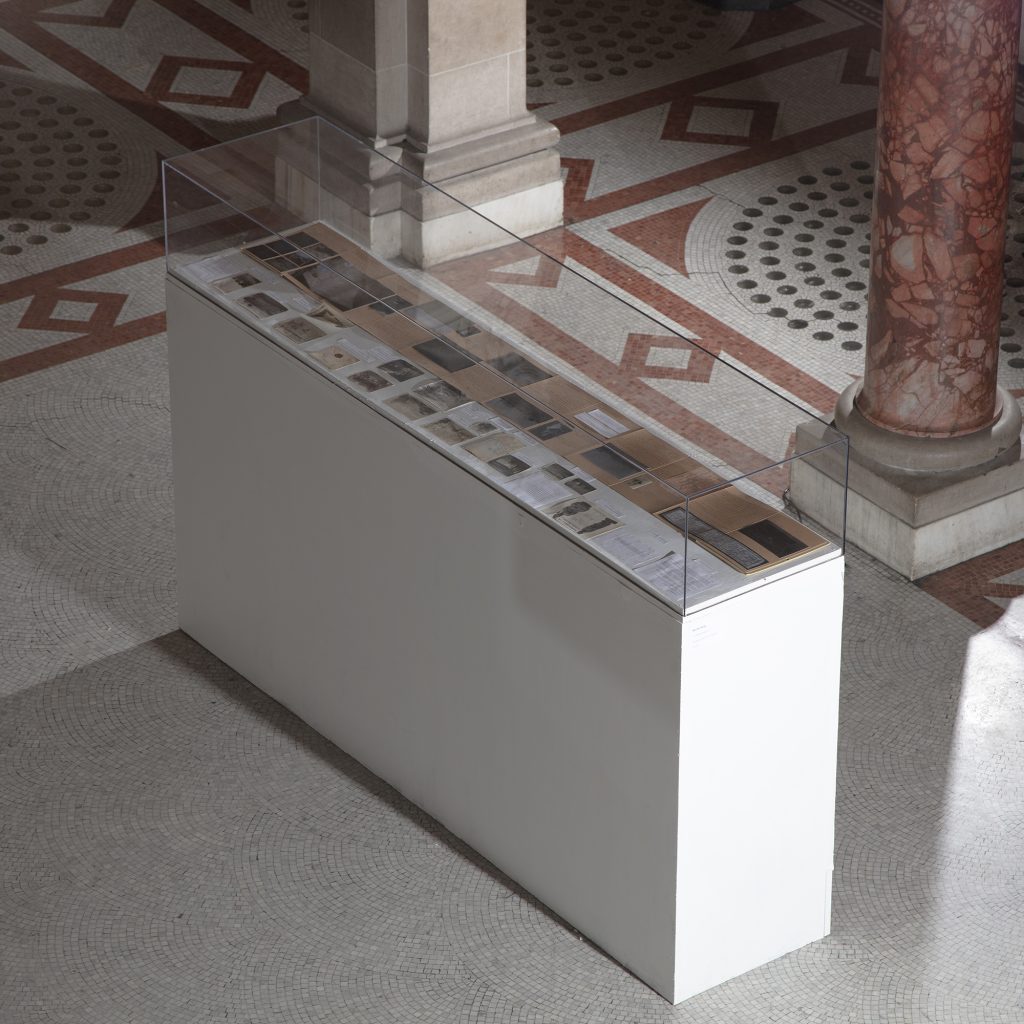
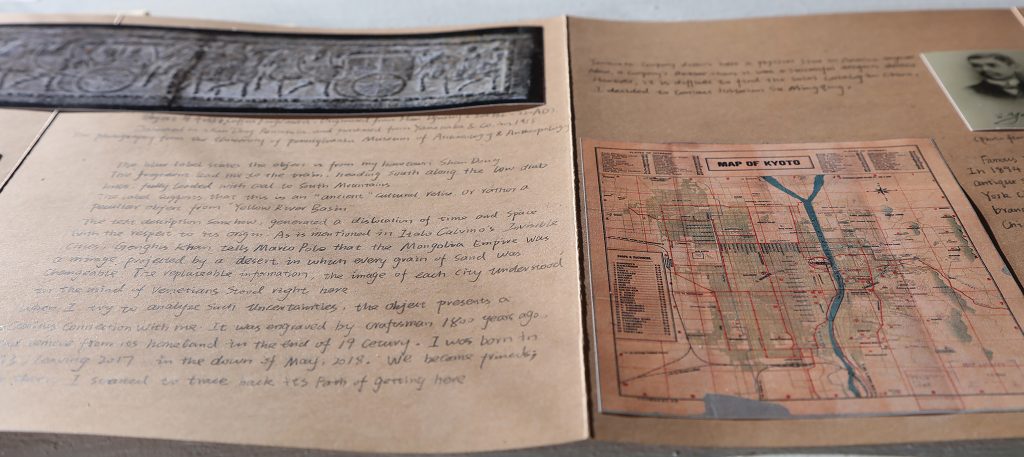
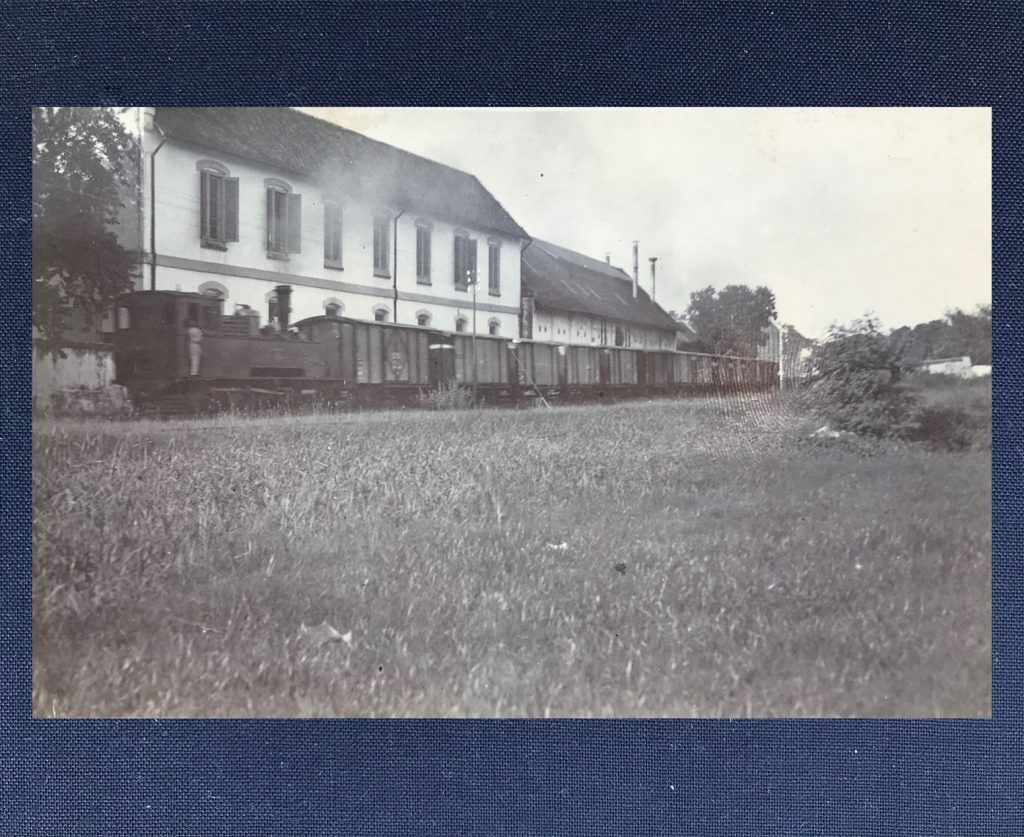
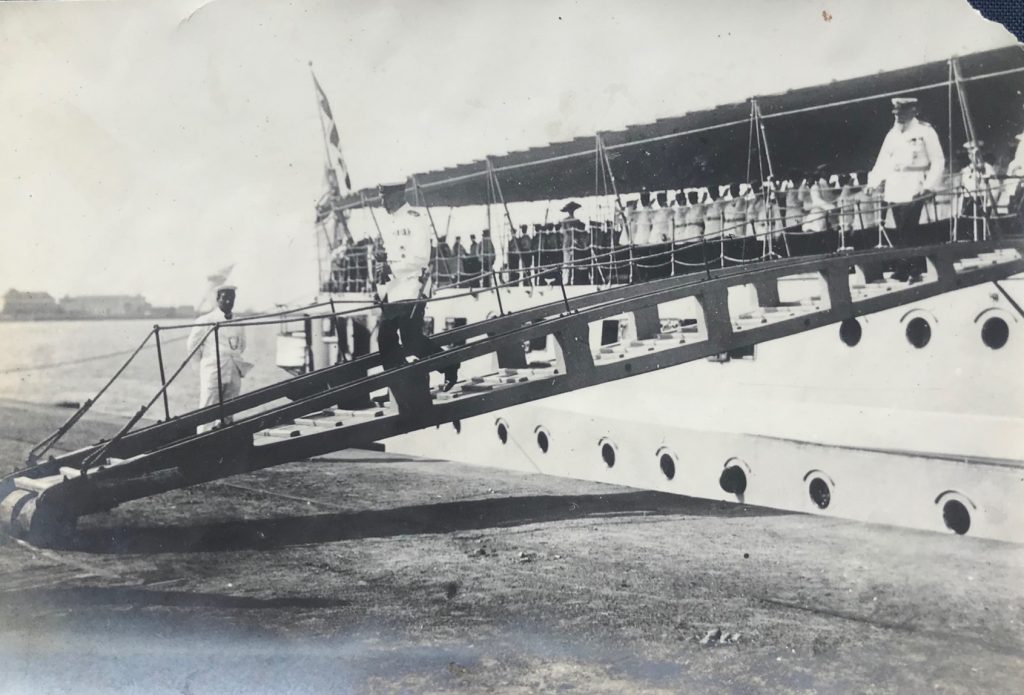
Object#40-35-4 3D Print
\
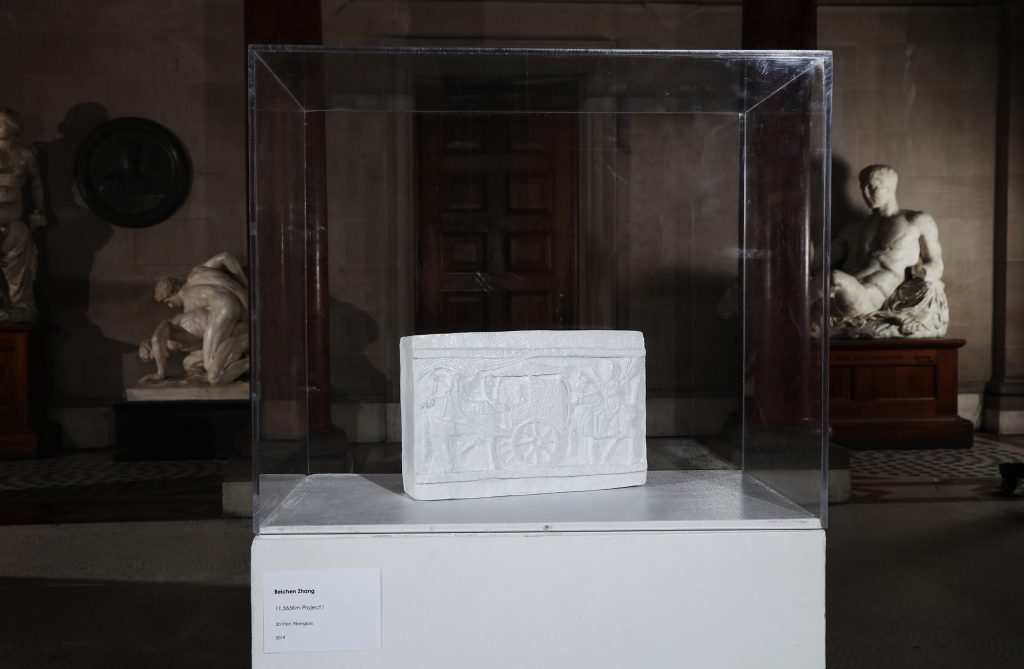
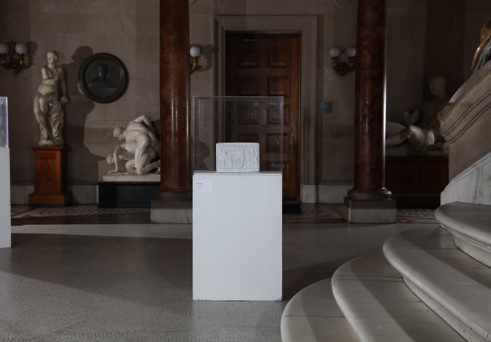
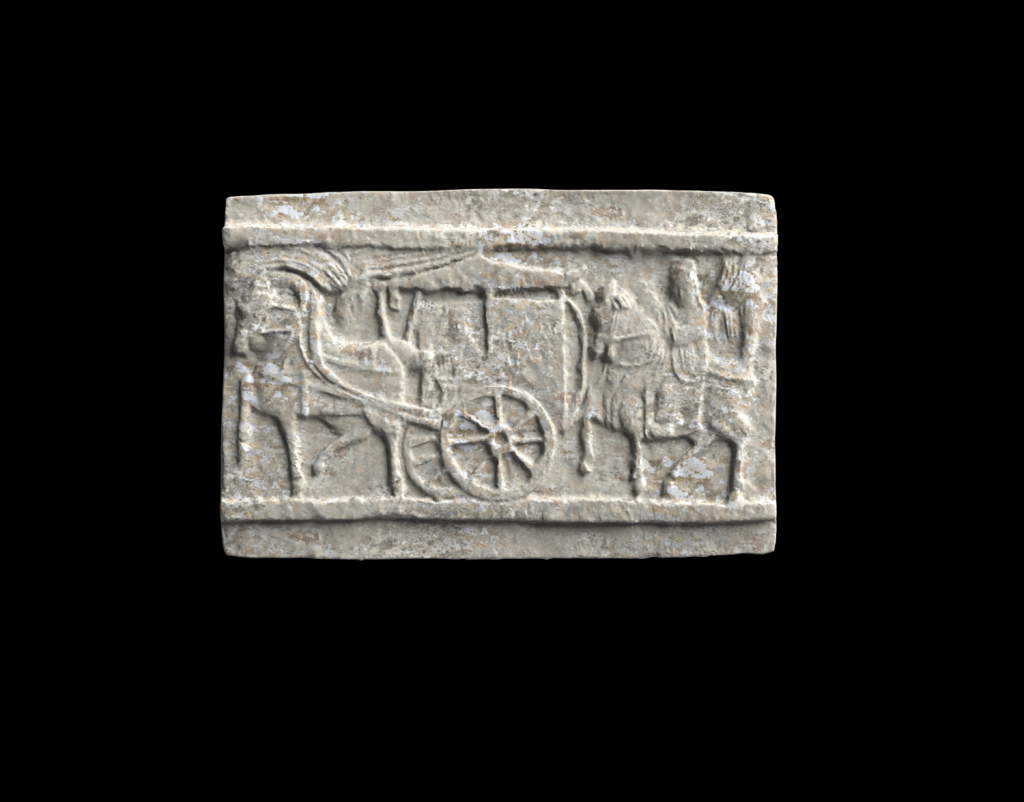
Photographic installation

-Beichen-Zhang-2019-2022-1-813x1024.jpg)
-Beichen-Zhang-2019-2022-1024x716.jpg)

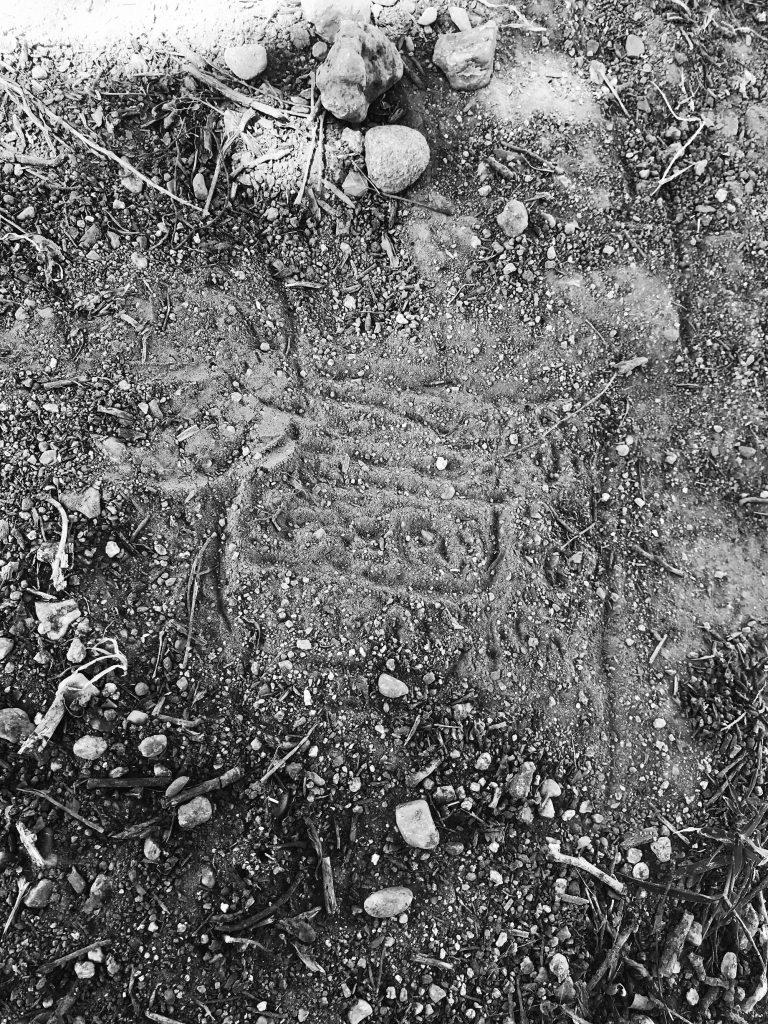
11,565 Kilometers Project – An Imagined Artifact Exhibition

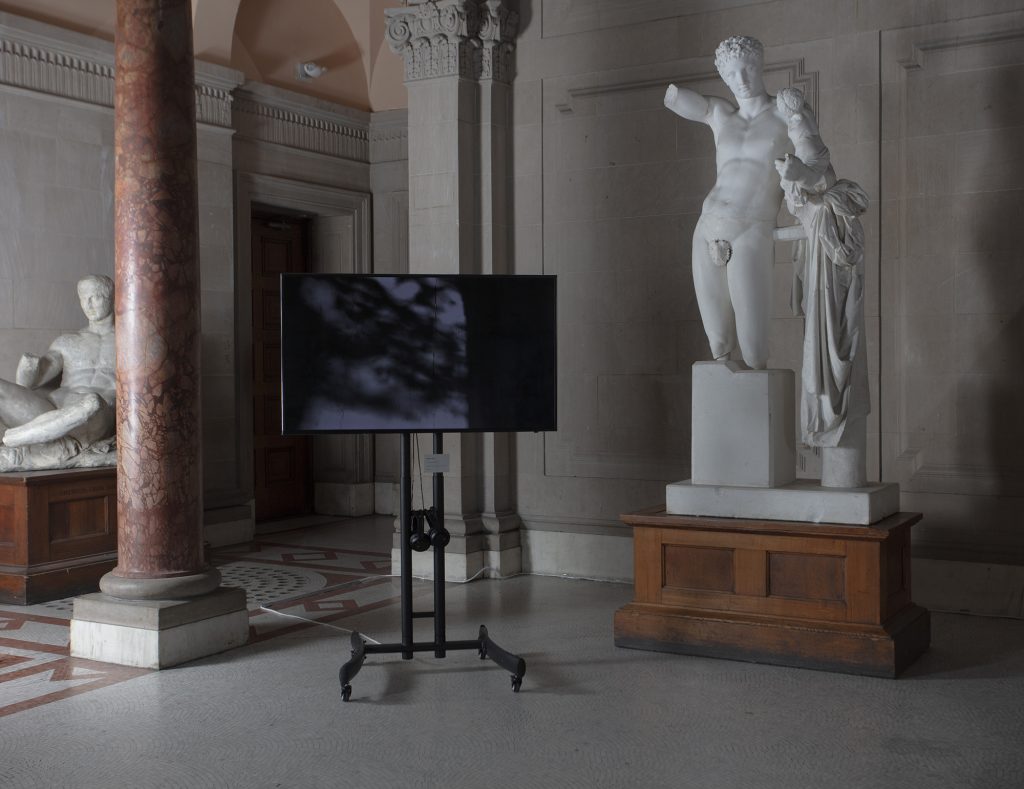
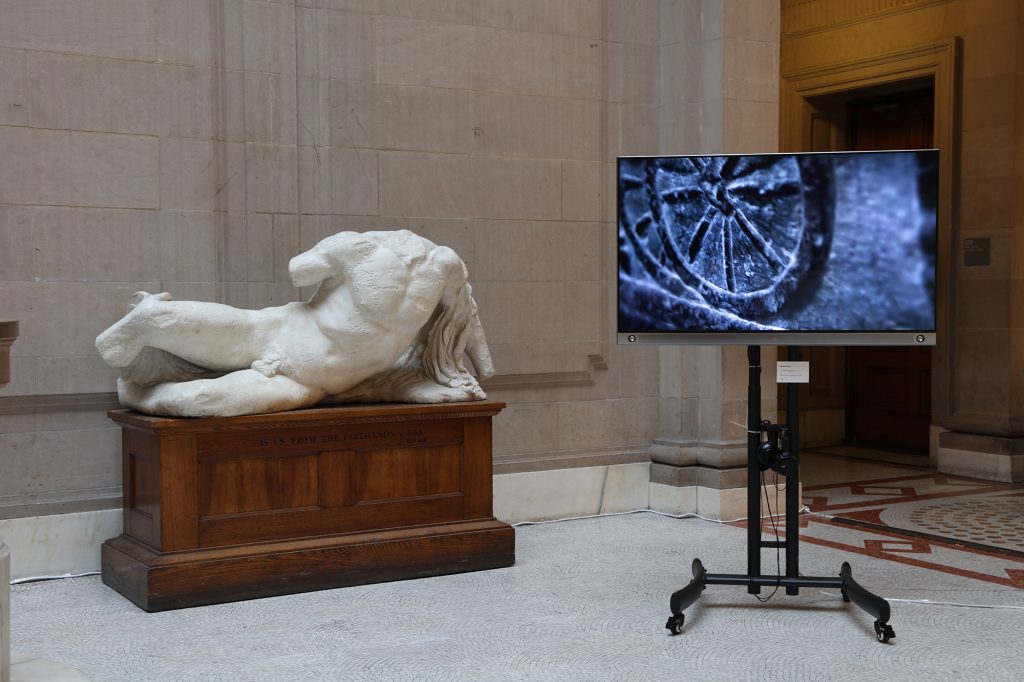
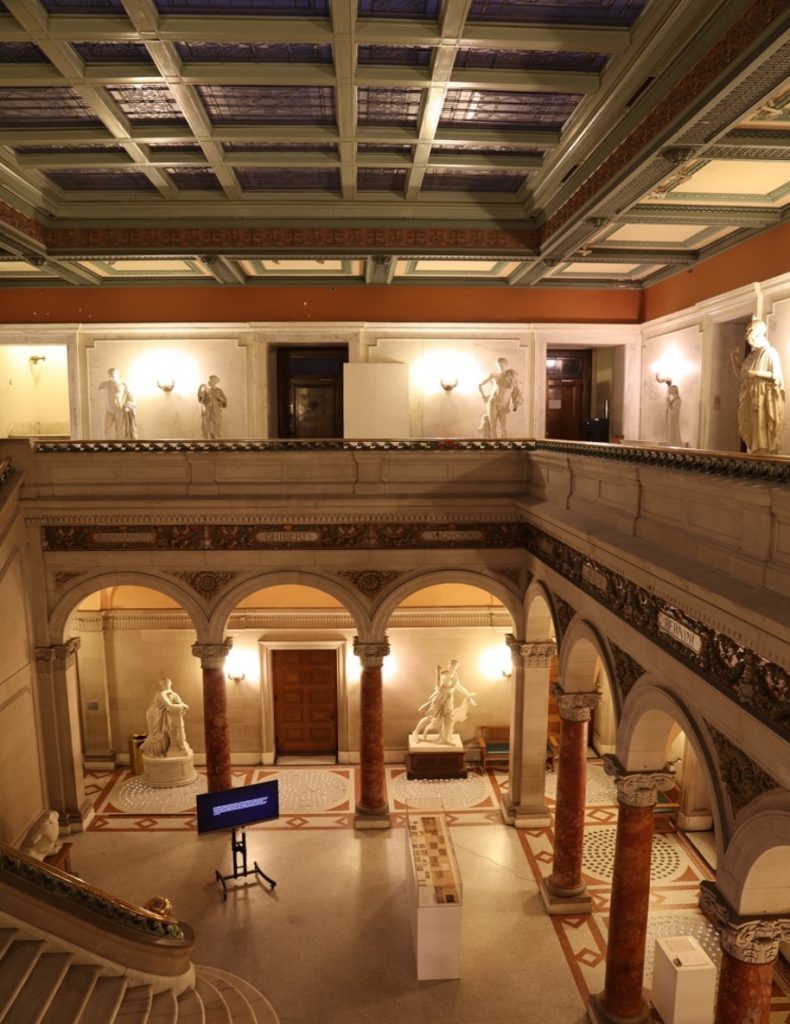
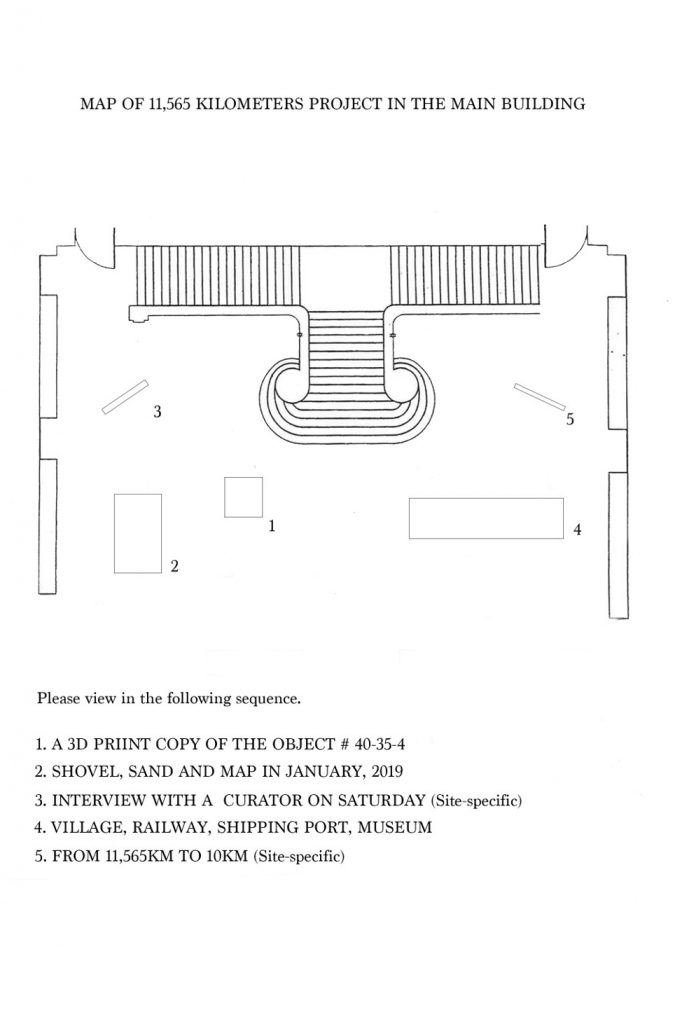
2019-2021
11565 Kilometers Project in different institutes
THREE SHADOWS PHOTOGRAPHY CENTRE
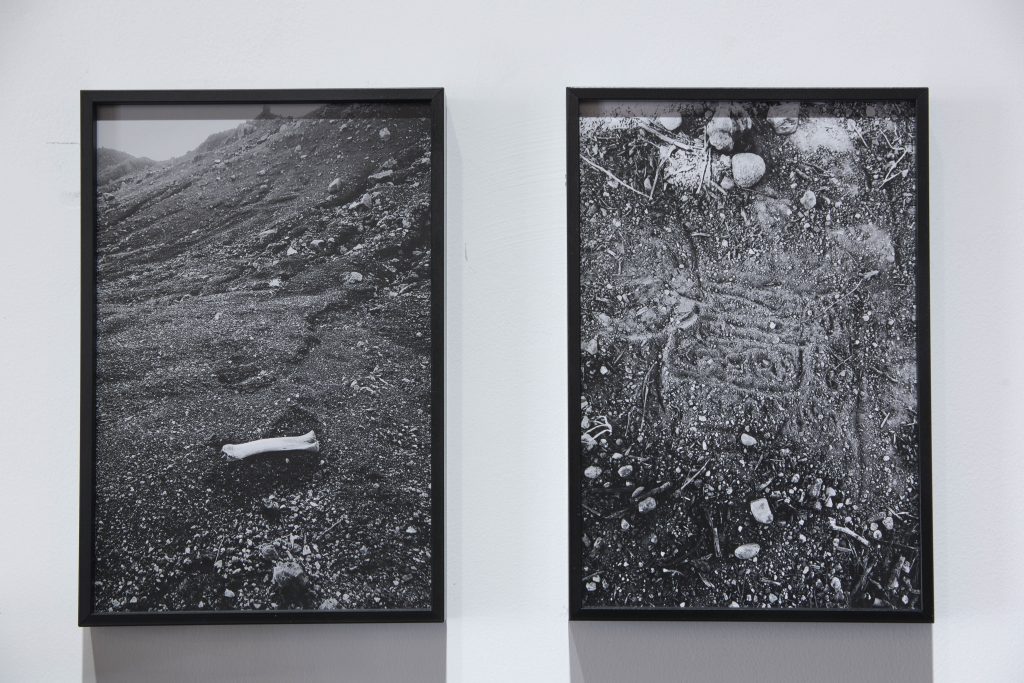
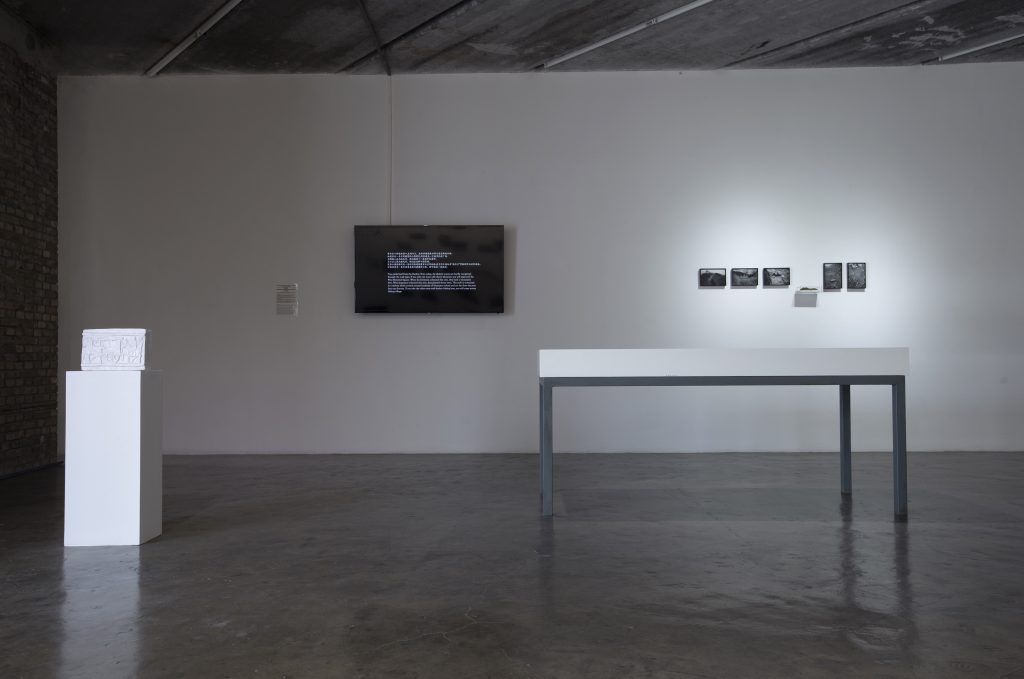
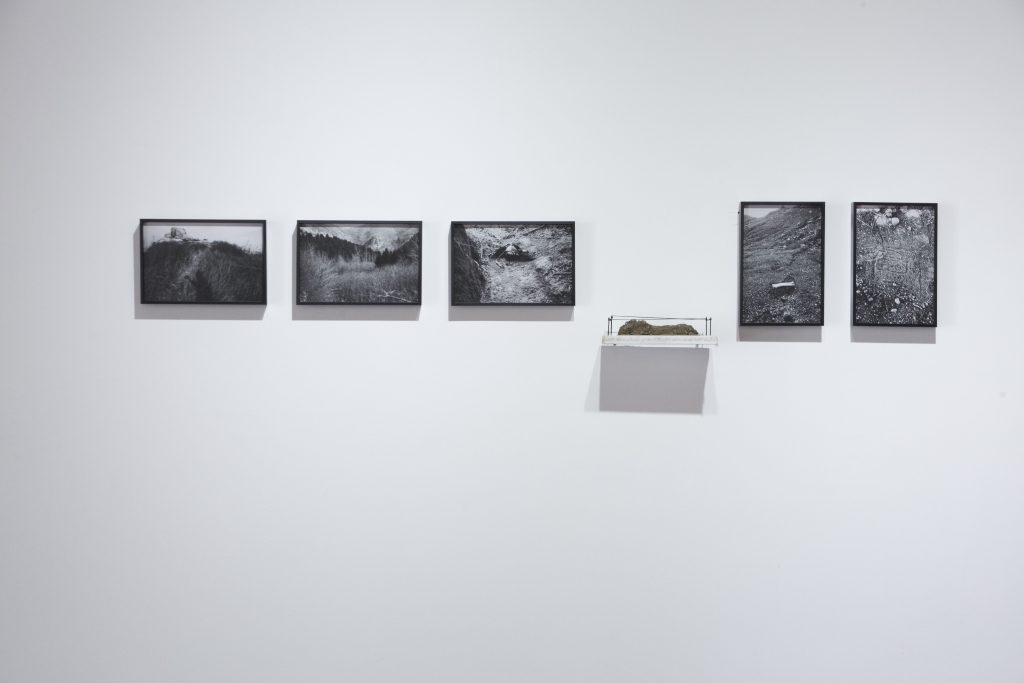
Zhejiang Art Museum





8th Singapore international photography festival
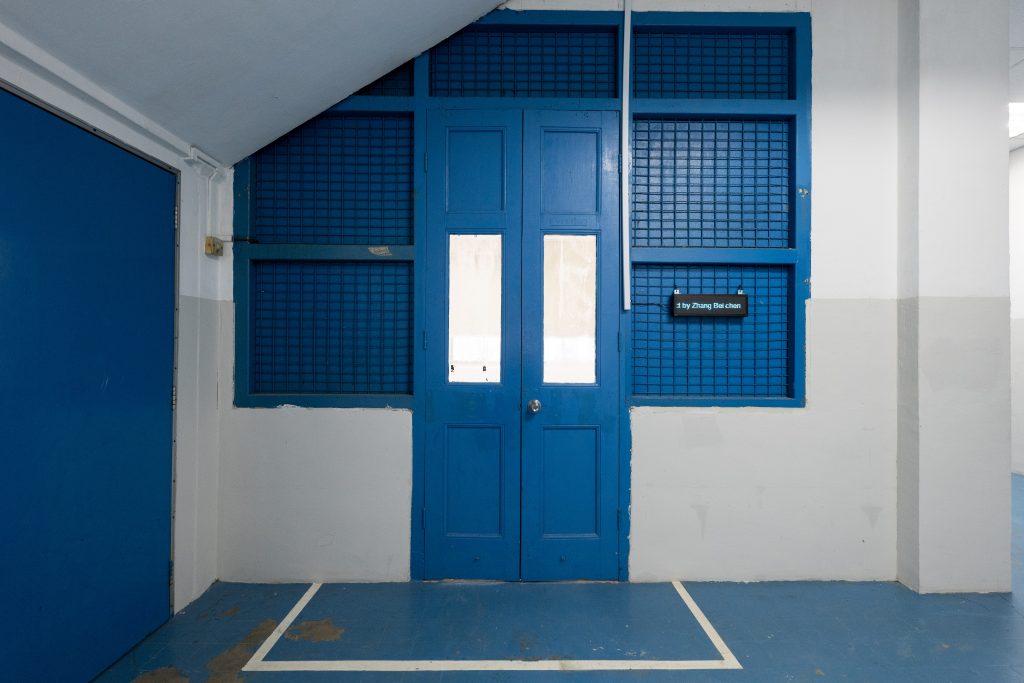
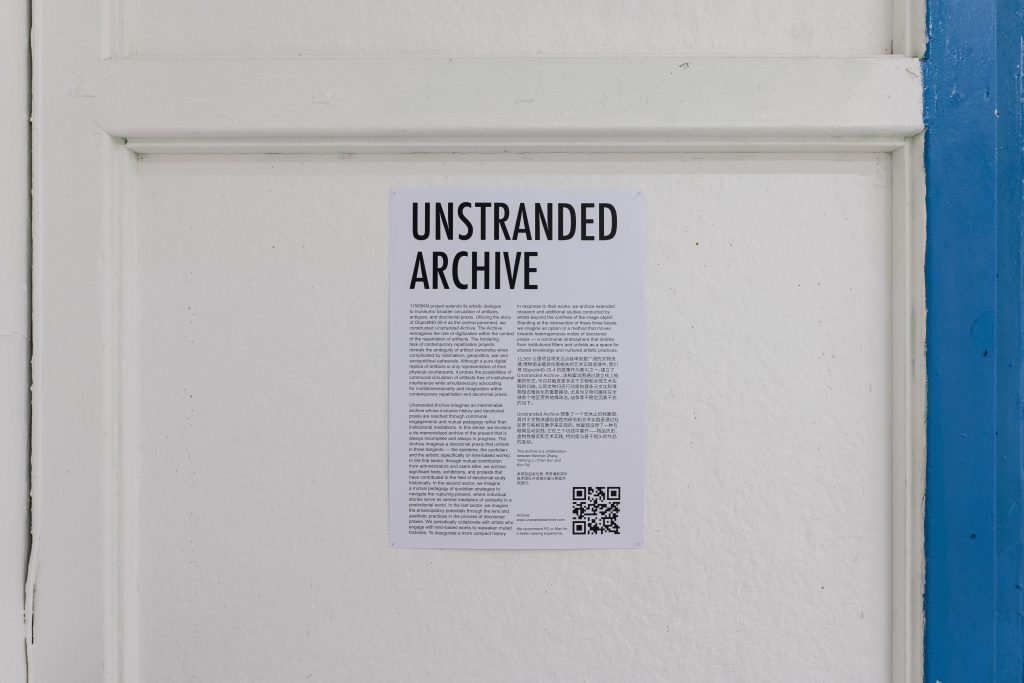
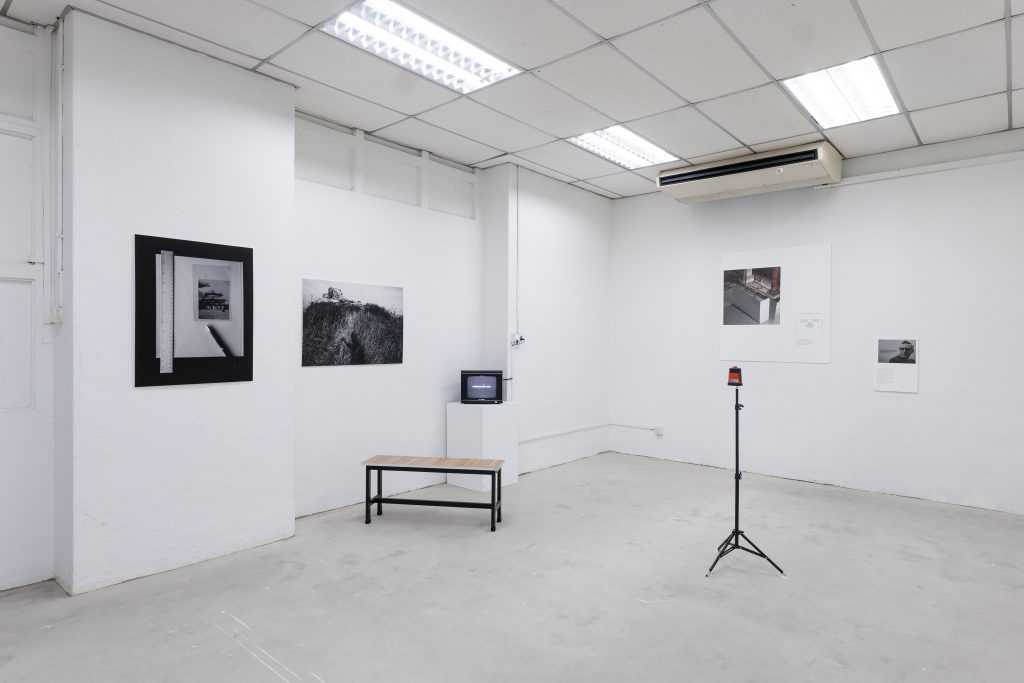
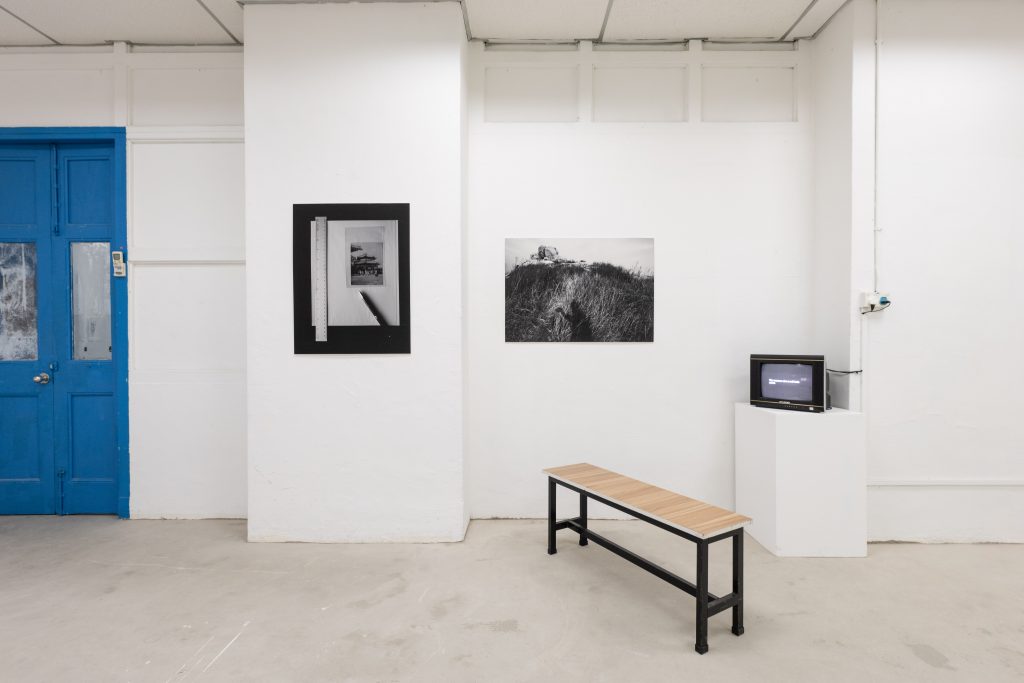
2022-now
Unstraned Archive (未搁浅档案)

